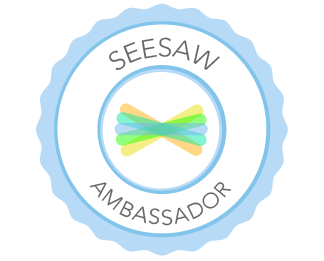It's the season when school begins to start all over the U.S. Teachers are back in classrooms getting ready for students, students are awaiting teacher assignments and picking out first day outfits. Some have already started and are in a week or even two and others have a month yet before returning. I begin this Thursday, with students' first day on the following Wednesday, August 19. I've been in my room here and there over the last two weeks to get things organized and set up. This will leave me with my PD days to plan my lessons and not stress about room readiness. I feel lucky that of the 4 days of PD that my district gave us this year, only 2 of them contain meetings. I will have all of Friday to plan, half a day on Monday and half a day on Tuesday. Our meet the teacher time will be Tuesday afternoon, so everything must be ready by 1:00 pm Tuesday!
I'm planning my next few posts to introduce you to my classroom and how I've prepared for students. First tip, make sure you're room is welcoming on the outside, not just the inside. I used the Ecostatic cling white board sheet from shoplet.com on my classroom door to help welcome students to my classroom. My 11 year old daughter was excited to decorated it for me! I love that it clings to my door with static electricity, so does my custodian! Tapes can take the varnish off the doors so it's always a trick as to how to post something welcoming up on the door. This was perfect. I will probably still add some bulletin board border around the sheet to spruce it up a bit. I'll be placing the student desk name tags around the sign for meet the teacher. Students will take their tag off the door and choose their desk and attach the tag to the one they choose. We switch desks at the beginning of each month, so they'll only have their chosen seats for the first two weeks. This time allows me to get to know them and better understand where to seat them in September. It also gives them choice and ownership right off the bat.
It is a little difficult to smooth out, you can still see a few bubbles there. It's easy to clean off if you do so right away, but if you leave the dry erase marker on for more than a few hours, you'll need to use the specialty white board cleaner spray to get the marker off. These will post on any smooth surface, so consider turning your cupboard fronts into whiteboards and windows and doors. These would work great for around the room writing or group work. They're reusable and you wouldn't have to use and throw away large chart pages that are sometimes very expensive.
Ecostatic also makes the cling sheets in smaller notecard sizes. I posted one up on my fridge for reminders. They might come in handy at school near your desk, but I couldn't really think of a reason I'd use the smaller size at school in place of regular sticky notes. Perhaps you can think of some ways you might use them.
Whatever you decide to use to decorate the outside of your room, it's great to have some way to welcome students and families into their new classroom. They'll be spending a lot of time there, and they want to know it's an inviting and comfortable place to be.
How do you decorate the outside of your room to welcome students and families?

Note: shoplet.com sent me the Ecostatic Beginner Kit free to review. Opinions and my use of the product are my own from my experience with the product. Links in this post are not affiliate, they only direct to the shoplet.com website.

























